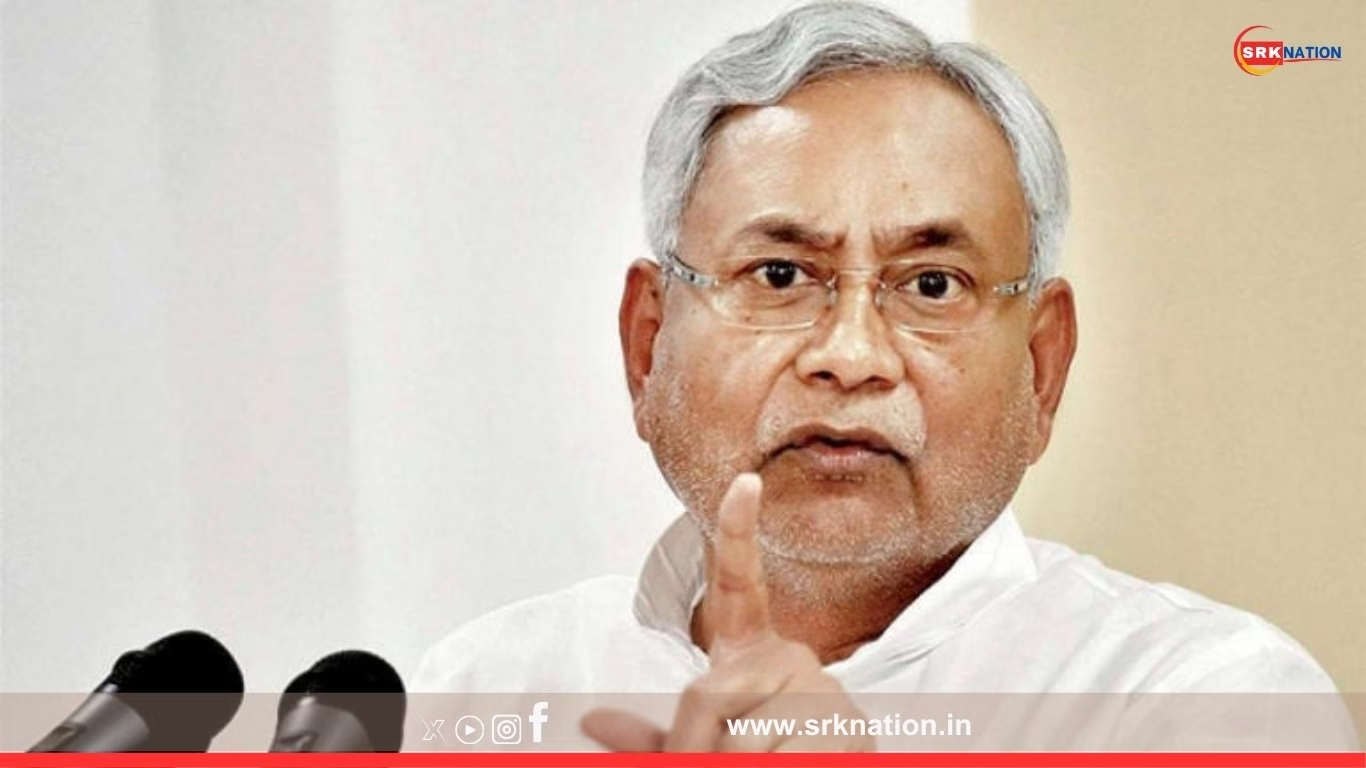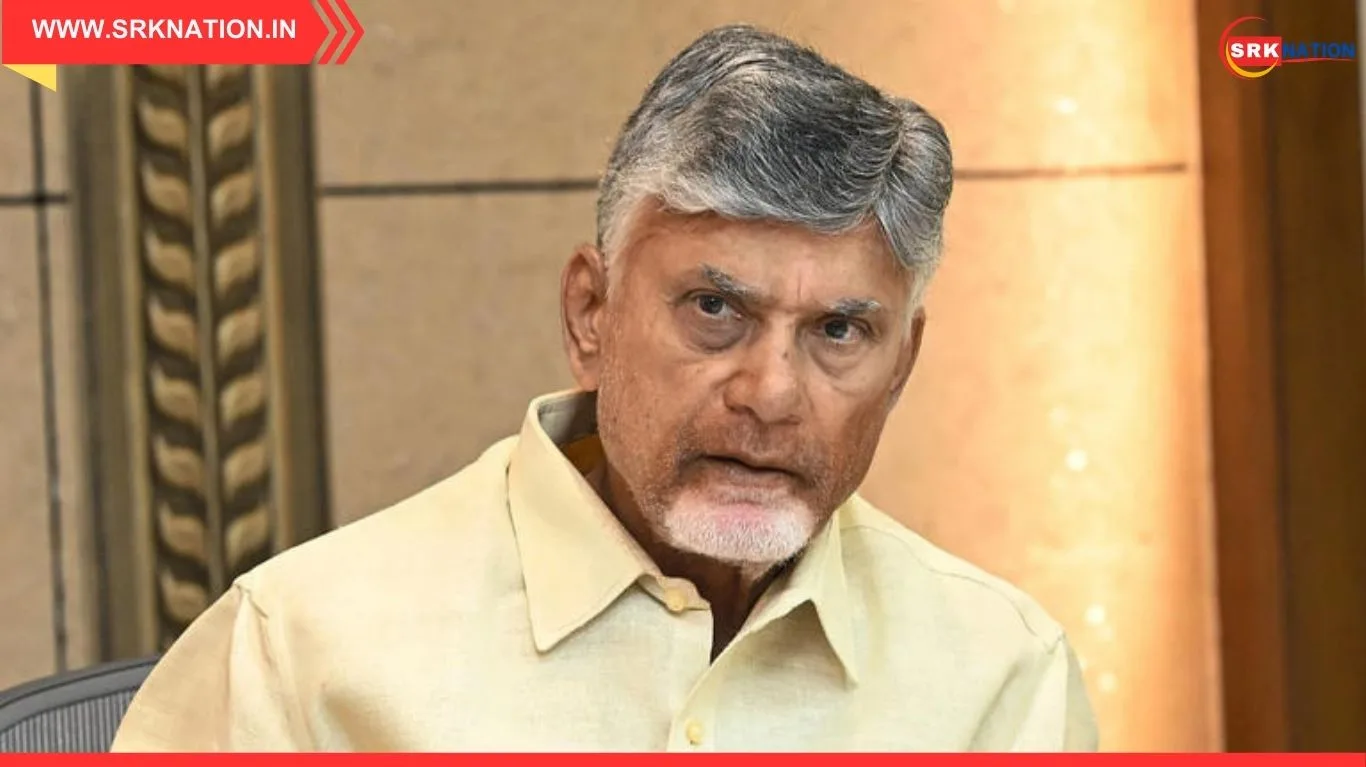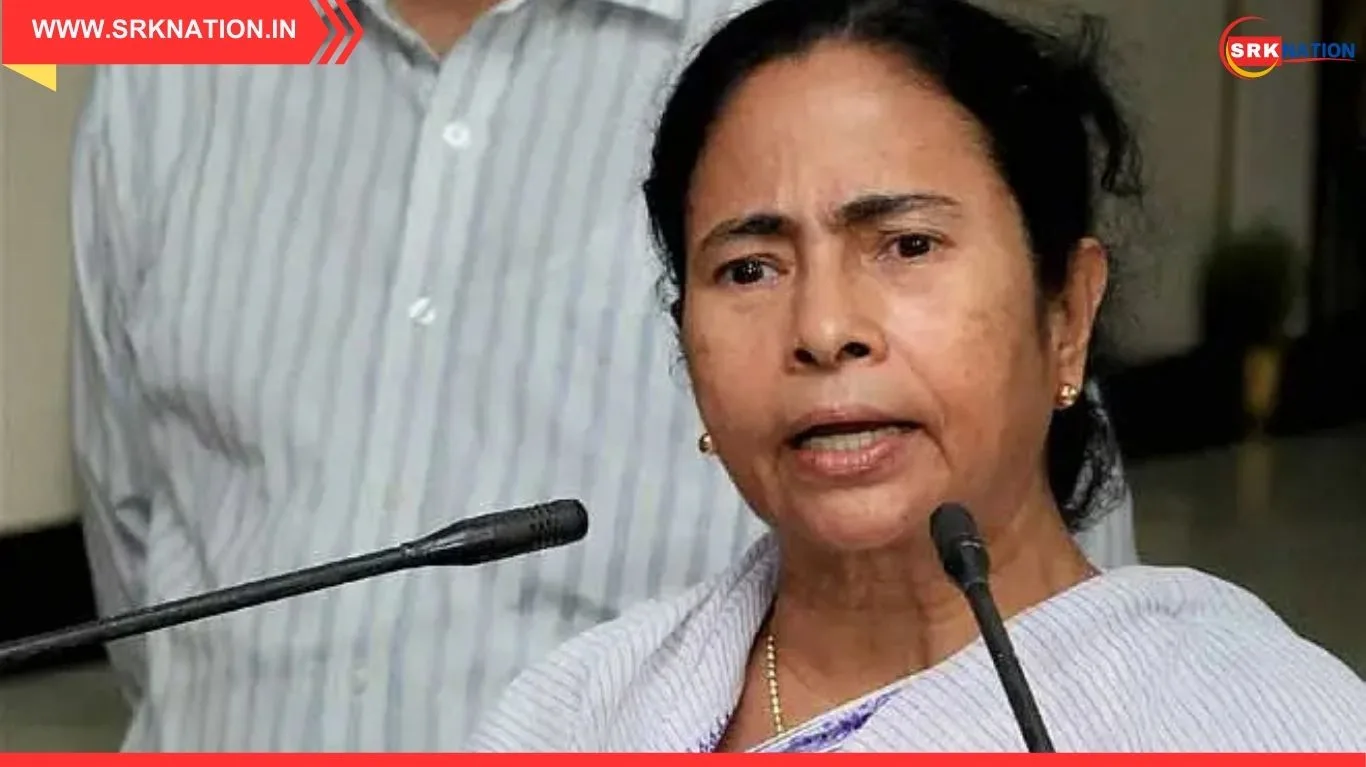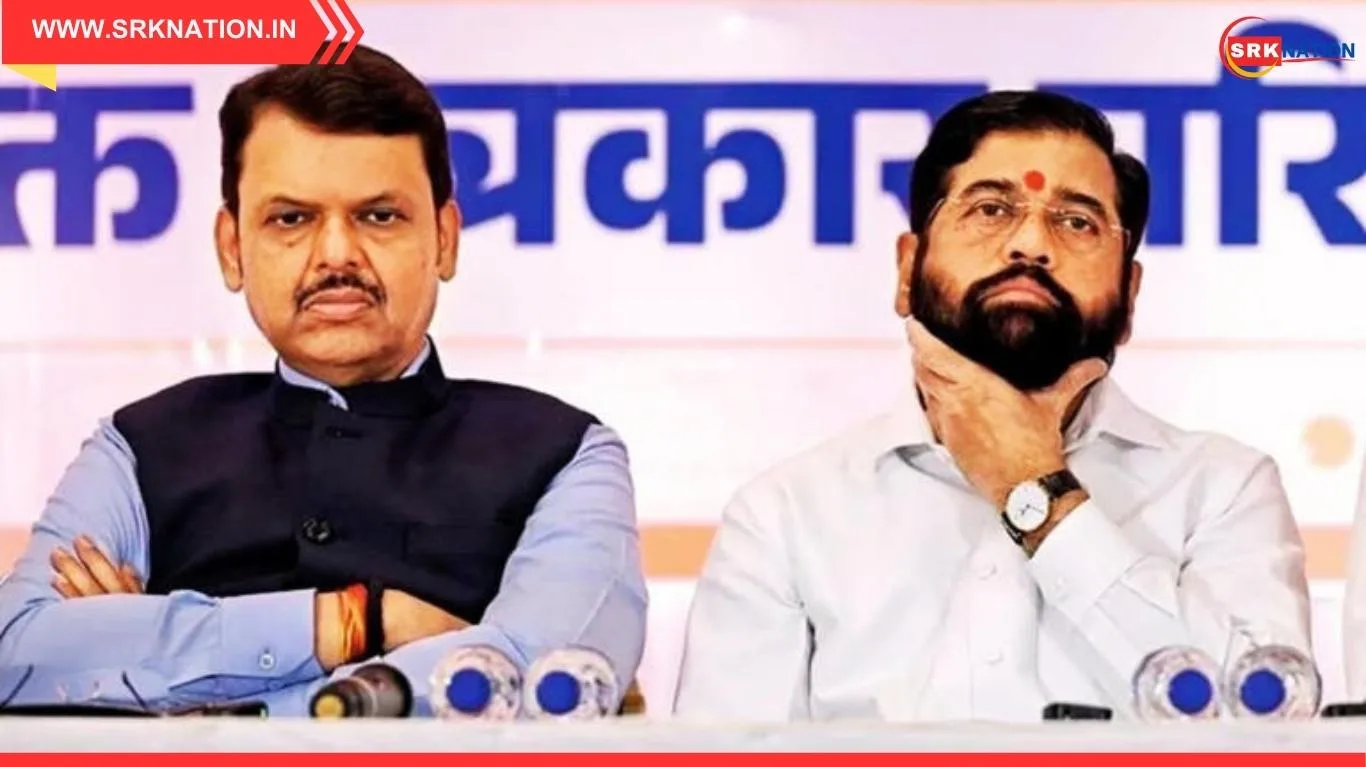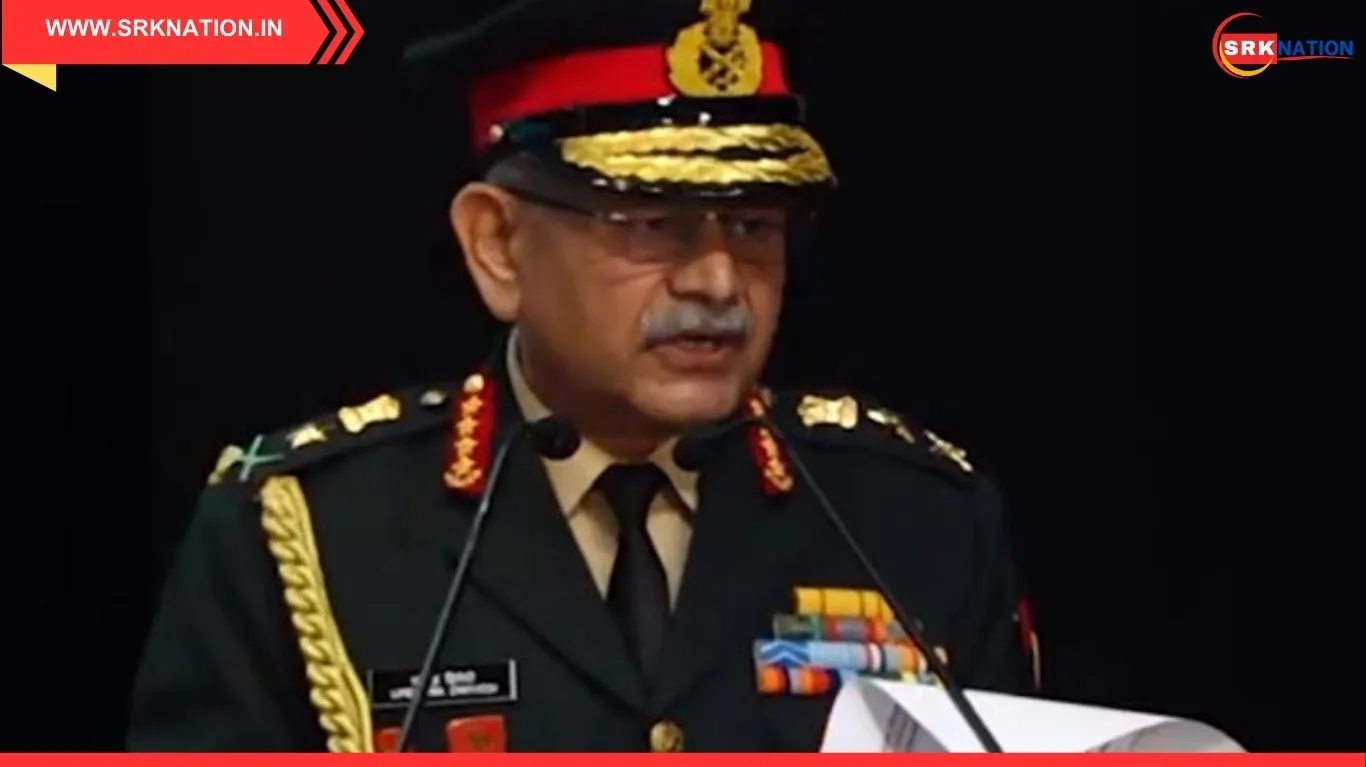Once synonymous with lawlessness, poverty, and mass migration, Bihar has undergone a dramatic transformation over the past two decades under the leadership of Chief Minister Nitish Kumar and the NDA government. From restoring basic governance to building infrastructure, empowering women, and driving economic growth, the state’s journey from collapse to compounding development is now being hailed as one of India’s most compelling turnaround stories.
Before 2005: A state in decline
Prior to 2005, Bihar was plagued by broken roads, erratic electricity, dysfunctional schools, and a crumbling law-and-order system. Industry had abandoned the state, educated youth fled in search of opportunities, and citizens lived in fear. The state’s growth rate hovered around 5%, and per capita income was just one-third of the national average. Immunization coverage was a dismal 18%, and electricity consumption was among the lowest in India at just 70 units per person.
2005–2010: Restoring order and rebuilding trust
The NDA’s first task after coming to power in November 2005 was to restore law and order. Police reforms, judicial strengthening, and administrative accountability were prioritized. Roads and bridges began connecting forgotten villages, and electricity started reaching rural homes. Schemes like the cycle yojana for girls and 50% reservation for women in Panchayati Raj institutions began reshaping the social fabric.
2010–2020: Building the base for inclusive growth
With governance restored, the focus shifted to infrastructure, education, healthcare, and women’s empowerment. Over 66,000 kilometers of roads and 5,400 bridges were built between 2005 and 2015. Another 55,000 kilometers of rural roads were added in the following decade. Immunization coverage rose to 78%, and out-of-school children dropped from 12% to under 2%. Infant mortality was halved.
2020–2025: Take-off phase and compounding impact
Bihar’s economy registered 9.2% growth in 2023–24, with the state GDP nearing ₹11 lakh crore. Per capita income crossed ₹66,800, and electricity consumption tripled. The compounding effect of two decades of reforms is now visible across sectors—from agro-industries and expressways to digital infrastructure and skill development.
Bihar’s Economic Growth Trajectory (2005–2025)
| Period | Average Growth Rate (%) | Key Milestones |
|---|---|---|
| 2000–2005 | ~5.0 | Lawlessness, poor infrastructure |
| 2005–2010 | ~10.0 | Governance restored, roads, electricity |
| 2010–2020 | ~8.5 | Education, healthcare, women’s empowerment |
| 2020–2025 | ~9.2 | Industrial corridors, digital expansion |
Women’s empowerment: A cornerstone of Bihar’s revival
Nitish Kumar’s government has consistently prioritized women’s inclusion. From 50% reservation in local bodies to 35% in police and government jobs, the state has created pathways for female leadership. The Jeevika self-help group movement, launched in 2006, now includes over 1 crore women across 11 lakh groups. In 2024, the initiative expanded to urban areas, adding 37,000 groups and 3.85 lakh members.
The Mukhyamantri Mahila Rojgar Yojana (MMRY), launched in September 2024, has already transferred ₹10,000 each to 1 crore women, with ₹2,500 crore disbursed to 25 lakh beneficiaries in October 2025 alone. Women whose ventures succeed under MMRY may receive up to ₹2 lakh in future support.
Women’s Empowerment Initiatives – Bihar (2005–2025)
| Initiative | Launch Year | Impact Highlights |
|---|---|---|
| Cycle Yojana for Girls | 2006 | Boosted school enrollment, reduced dropouts |
| Jeevika SHG Movement | 2006 | 1 crore+ women empowered |
| 50% Reservation in Panchayats | 2006 | Increased female political participation |
| MMRY Direct Transfers | 2024 | ₹10,000 to 1 crore women |
| Urban Jeevika Expansion | 2024 | 3.85 lakh women in 37,000 groups |
Education and skill development: From collapse to capacity
The NDA’s education push has reversed decades of neglect. Between 2005 and 2025, Bihar saw the establishment of IIT Patna, expansion of NIT, and approval of 19 Kendriya Vidyalayas. The state now hosts national and international sporting events, a far cry from the days when schools lacked basic infrastructure.
In October 2025, Prime Minister Narendra Modi and Nitish Kumar jointly launched a ₹62,000 crore youth-centric initiative, including a Skill University named after Bharat Ratna Karpoori Thakur. Over 50 lakh youth have been connected to employment, and 10 lakh permanent government jobs have been created in recent years.
Education and Employment Milestones – Bihar (2005–2025)
| Sector | Key Achievements |
|---|---|
| School Education | 19 new Kendriya Vidyalayas, improved access |
| Higher Education | IIT Patna, NIT expansion |
| Skill Development | 5,000+ new ITIs, Skill University launched |
| Employment | 10 lakh govt jobs, 39 lakh private jobs |
| Future Target | 1 crore jobs by 2030 |
Infrastructure and connectivity: Building the backbone
Bihar’s infrastructure overhaul has been central to its growth. Expressways, industrial corridors, and rural connectivity have transformed access and mobility. The Western Kosi Canal, new airports, and the Makhana Board are part of the Centre’s 2025 budget allocations for Bihar.
In Gaya and Bodh Gaya, the government has built the Mahabodhi Cultural Centre, Sita Setu, and a rubber dam on the Falgu river. The twin cities now host millions of tourists annually, supported by improved civic amenities and heritage preservation.
Infrastructure Expansion – Bihar (2005–2025)
| Project/Area | Highlights |
|---|---|
| Roads & Bridges | 1.2 lakh km built, 5,400 bridges constructed |
| Expressways | New corridors under development |
| Tourism Infrastructure | Gaya, Bodh Gaya upgraded |
| Water & Irrigation | Western Kosi Canal funded |
| Urban Development | Smart city upgrades, Gayaji renaming |
Healthcare and social welfare: Inclusive progress
Healthcare access has improved dramatically. Immunization coverage rose from 18% to 78%, and infant mortality was halved. Pension schemes for elderly, differently-abled, and widowed women increased from ₹400 to ₹1,100 per month, benefiting over 1.12 crore people.
The state’s focus on inclusive welfare has also extended to the Muslim community, with targeted schemes and representation in local governance.
Social Welfare Indicators – Bihar (2005–2025)
| Indicator | 2005 Value | 2025 Value | Commentary |
|---|---|---|---|
| Immunization Coverage | 18% | 78% | Major public health improvement |
| Infant Mortality Rate | High | Halved | Reflects healthcare access |
| Pension Amount | ₹400 | ₹1,100 | Covers 1.12 crore beneficiaries |
| Out-of-School Children | 12% | <2% | Education reforms effective |
| Electricity Consumption | 70 units | 210+ units | Tripled access across households |
The compounding effect: Bihar’s next decade
Experts liken Bihar’s development to the principle of compounding. The first decade (2005–2015) stabilized the state, the second (2015–2025) built the base, and the third (2025–2035) is expected to deliver exponential results. With reforms in place, the state is poised for industrial growth, digital transformation, and rural prosperity.
Nitish Kumar’s governance model—focused on law, infrastructure, education, and empowerment—is now being studied as a template for inclusive development. The NDA’s continued support through central schemes and budget allocations has further accelerated Bihar’s rise.
Public Sentiment – Social Media Buzz on Bihar’s Growth Story
| Platform | Engagement Level | Sentiment (%) | Top Hashtags |
|---|---|---|---|
| Twitter/X | 1.5M mentions | 84% optimistic | #BiharDevelopment #NDAImpact |
| 1.3M interactions | 82% proud | #NitishKumar #BiharTransformation | |
| 950K views | 88% strategic | #GovernanceModel #BiharGrowth | |
| YouTube | 870K views | 80% analytical | #BiharExplained #CompoundingProgress |
In conclusion, Bihar’s journey from collapse to compounding growth under the NDA and Nitish Kumar is a testament to the power of sustained governance, inclusive policy, and strategic investment. As the state enters its next phase of development, the foundations laid over the past 20 years are set to deliver transformative outcomes for millions of citizens.
Disclaimer: This article is based on publicly available government statements, verified media reports, and official social media posts. It does not constitute political endorsement or prediction. All quotes are attributed to public figures and institutions as per coverage.







